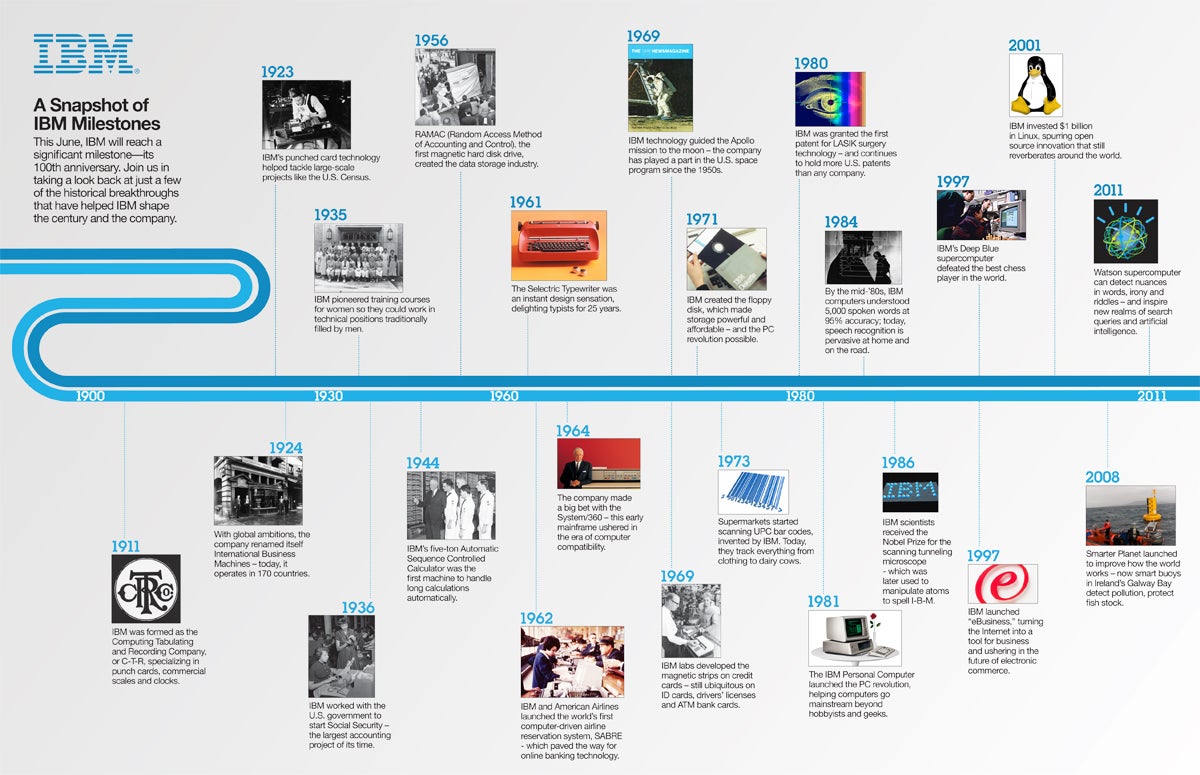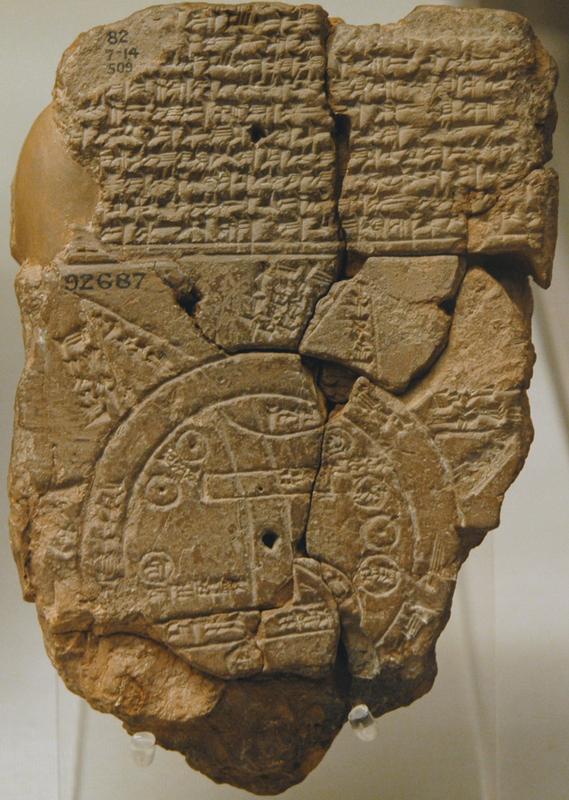Jeopardy for Monday's test here - ( jeopardy )
Columbian Exchange (day 3)
Today students will be given more time to finish their Columbian Exchange annotation as well as their Cartography Timeline Project
OBJECTIVES: Given primary source material, as well as summary material related to the Columbian Exchange, students will be able to annotate and clearly summarize information into a cohesive paragraph describing the cause and effects of the Columbus landing in 1492.
____________________________________________________________________
Here is a list of items and their due dates for this week:
Explorers Project: (was due by Wed, so its late at this point)
Timeline Project: Electronically submitted by Thursday (per 1,3,5) Friday (per 0,2)
We will play jeopardy in class Thursday and Friday, and I will post the jeopardy for review over the weekend.(Check back here on Friday for the Jeopardy review game pdf)
_____________________________________________________________________
OBJECTIVES: Given primary source material, as well as summary material related to the Columbian Exchange, students will be able to annotate and clearly summarize information into a cohesive paragraph describing the cause and effects of the Columbus landing in 1492.
Follow these steps:
1. Read the Columbian Exchange article and write a quick summary of what you read
2. Read the 2 intro articles
3. Read the Columbian Exchange article again, but this time annotate it
4. Fill-in the Graphic organizer
5. Fill-in the sentence frame sheet
6. Write a new Summary of the Article
Intro material
Read this short intro first -( Here ) then read this intro from Alfred Crosby ( Here ),Main Article
Columbian Exchange Article ( Here )Worksheets/Graphic Organizer
Use these printouts in class ( Here ) or use a separate piece of paper for each activity____________________________________________________________________
Here is a list of items and their due dates for this week:
Explorers Project: (was due by Wed, so its late at this point)
Timeline Project: Electronically submitted by Thursday (per 1,3,5) Friday (per 0,2)
We will play jeopardy in class Thursday and Friday, and I will post the jeopardy for review over the weekend.(Check back here on Friday for the Jeopardy review game pdf)
MAPPING TEST -Moved to Monday
______________________________________________________________________
Enjoy your "trick or treating"

 Columbus in the Bahamas
Columbus in the Bahamas San Salvador Island
San Salvador Island 

 example
example


